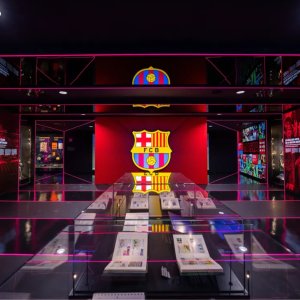Can you imagine being offered watermelon for dessert at your favorite restaurant... in the middle of January? This same situation happens every day with many products that are sold to us as if they were "local".
Surely, for some time now, you have been reading that everything is local, organic, slow, from proximity or KM0. How to differentiate these products from those that are not?
Informed consumers
The example of the watermelon would certainly catch your attention, but it would not be so easy to identify if it were another type of product. Therefore, the most important thing is that as consumers we inform ourselves. What exactly is a KM0 or proximity product?
When talking about these products we need to take into account the distance between their place of production and the place of final consumption.
In addition, this type of product has the following characteristics:
- It must be produced less than 100 kilometers away.
- In the production and transportation process, environmental protection is taken into account.
- They are seasonal products.
You can buy these products in local markets or directly from their producers. As this option may not be available to everyone, in many supermarkets you will also find them, perhaps even in a specific section for them. Just look at the labels. Usually the origin of the product is indicated on the label, but this is not always the case.
It can also be the case of stores where KM0 products and the rest are suspiciously close together. So much so that they can be misleading. As there is not yet an official seal or certification, it can be difficult to identify them.
Seasonality as a key factor
If there is one thing that can guide us when identifying these products, it is undoubtedly seasonality. Due to the pace of life we lead and the level of consumption to which we have become accustomed, nowadays it seems normal to eat all kinds of food, at any time of the year. But this has not always been so, and it is something that KM0 products try to bring back: the concept of seasonality in food.
Knowing that each product has a season in which it will be available, but others in which it will not, and looking for alternatives, is basic to live in a more sustainable way. Our demand to have everything always at our disposal is precisely the cause of the problem. The exploitation of crops, animals, imports and indiscriminate transportation are aimed at satisfying our needs.
This is why responsible and seasonal consumption is necessary. This way, communities are transformed. This is how markets will increasingly include local products and restaurants will integrate them into their gastronomic offerings.
The real lever of change for a more sustainable future is us and our consumption choices. Therefore, we must know that every time we make a purchasing decision, we are contributing - or not - to creating a more balanced and fairer system.
if you want to find places with KM0 and proximity food and other good practices, you can check the Biosphere Sustainable website.













